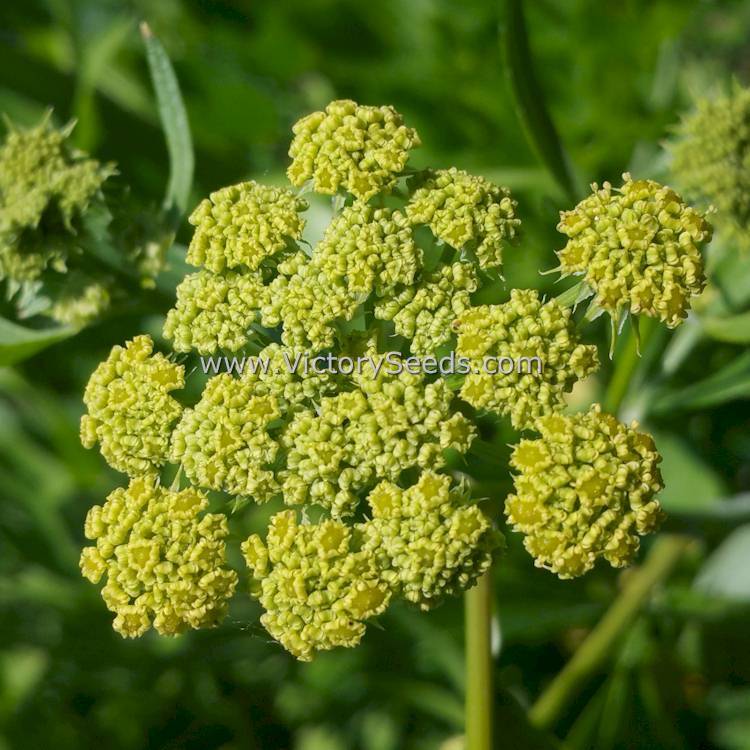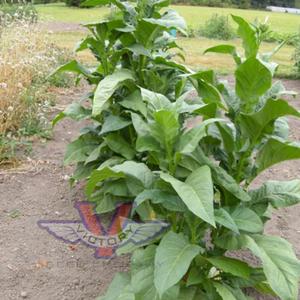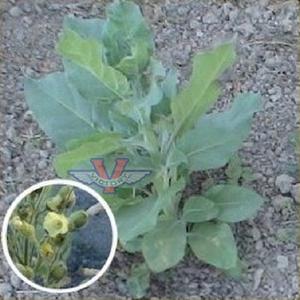The Victory Seed Company does not advocate medical self-diagnosis or
self-medication. Reference to the medicinal properties of plants are
described here for educational and historical purposes only and are not
to be construed as a prescription, prognosis or diagnosis for any
disease or illness. As with any remedies or medicines, you should
consult your personal health care provider before using.
'Lovage' was historically used for its
carminative and
diuretic properties.
[1,2] In actuality, the roots contain a heavy, volatile oil, that is is technically a mild
aquaretic, and not a true
diuretic. For medicinal purposes, the root, leaves and seeds were all used to create various medicines and cures.
Lovage is generally easy to cultivate. The seeds are relatively short-lived so it is recommended to sow purchased seed as soon as possible after receiving them. Once your plants are established, you can increase your numbers by dividing the roots in early spring. You can also harvest your seeds in late summer, immediately germinate them, and transplant the seedlings in autumn or hold them over until early spring transplanting them after all danger of frost has passed.
If you keep the ground around your plants cultivated, the plants should last several years. Additionally, if you allow seed heads to remain on the stalks in your garden, they are quite good at reseeding themselves.
Start your seeds in a well-prepared, finely textured seedbed in a cold frame, or indoors in pots, four to six weeks prior to your last expected frost date. Sow seeds about two times their thickness. Thin or transplant seedlings 12 to 18 inches apart in a location with rich, moist, but well-drained soil in a location that receives full sun.
Informational Resources:- "A Modern Herbal," Mrs. M. Grieve, 1931, p. 499-500.
- "Tyler's Honest Herbal: A Sensible Guide to the Use of Herbs & Related Remedies," Steven Foster & Varro E. Tyler, Ph.D., MJF Books, New York, 1999.
- "Sturtevant's Edible Plants of the World," edited by U. P. Hedrick, New York Agricultural Experiment Station, 1919.







